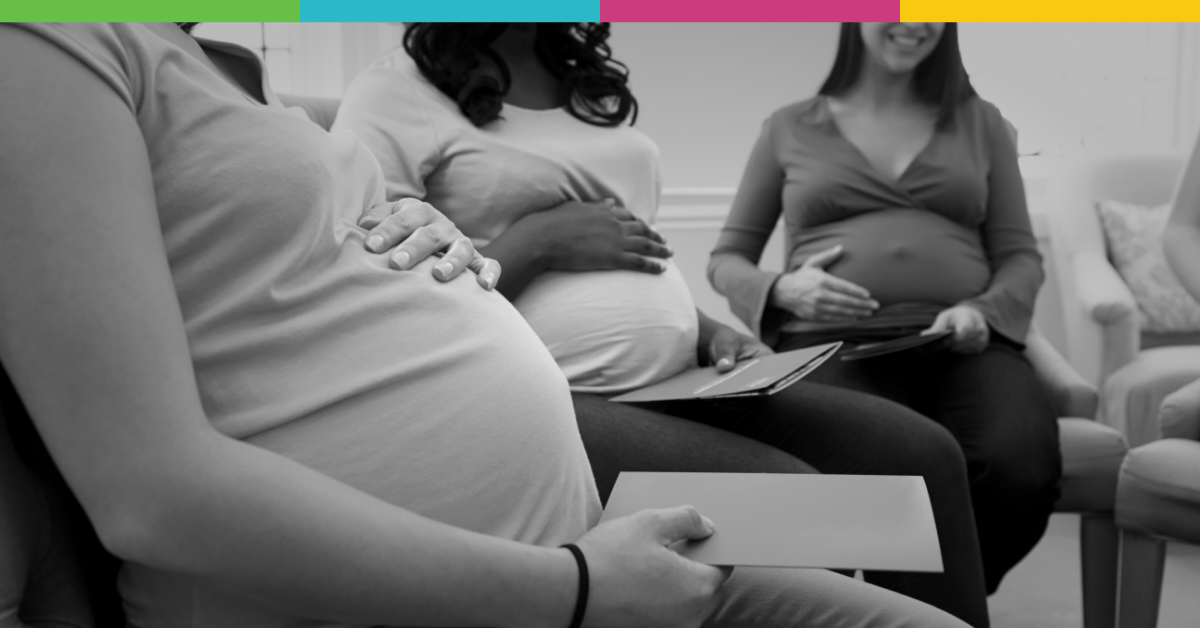Two years ago, HealthVerity launched the Maternal Outcomes Masterset (MOM) to address the long-standing gap in data and guidance on the impact of healthcare interventions on expectant mothers and their newborns that was highlighted during the COVID-19 pandemic. Launched in April 2022, MOM addressed this challenge by accurately synchronizing de-identified healthcare records of pregnant women with their babies. We have continued to make updates to this much-needed and ground-breaking solution, and in honor of Mother’s Day, we are highlighting her advances.
Mom and baby in sync
When we delivered MOM, we were able to accurately synchronize the de-identified healthcare records of 1.6 million pregnant women with their newborns. Today, that number has nearly doubled, with over 3 million mom and baby syncs, representing more than half of the live births in the masterset containing healthcare records for a total of over 12 million pregnant women.
In addition to providing insights on the expectant mother’s healthcare history, by using advanced privacy-preserving techniques, we are able to include critical social determinants of health data elements, such as race, maternal age, birth events, pregnancy outcomes and mortality, while remaining fully HIPAA compliant, providing the most comprehensive view of the patient journey for both mom and baby.
MOM knows best
With the nation’s largest healthcare and consumer data ecosystem, HealthVerity is able to synchronize a depth and breadth of data sources to provide registry-quality data that allows you to explore the maternal journey from pre-pregnancy (back six years) through birth and for years beyond:
- Lab results - Lab data from three of the top five laboratories, including both Labcorp and Quest, representing over 80% of the U.S. outpatient lab market.
- Hospital chargemaster data - Inpatient hospital data for over 3 million pregnant women and more than 430,000 newborns.
- Electronic medical records (EMRs) - EMR data for nearly 6 million pregnant women and 400,000 babies.
- Medical claims - MOM consists of both commercial and Medicaid claims representing over 150 U.S. healthcare payers. The majority of births are covered by Medicaid and MOM has claims for 6.9 million of these mothers.
- Mortality data - Unfortunately, many women still die from complications during pregnancy and childbirth. According to a recent report from the CDC, the maternal mortality rate is 22.3 deaths per 100,000 live births.1 Additionally, infants can also be born with congenital malformations that lead to their untimely passing. For this reason, MOM includes mortality data.
You can trust MOM
With MOM having already been used by pharmaceutical clients in post-market studies, HealthVerity has FDA-approved protocols. Additionally, a peer-reviewed study of MOM was recently published in Pharmacoepidemiology & Drug Safety, confirming confidence in MOM for use in pregnancy research.
MOM in action
Purpose-built for long-term, multi-year pregnancy studies, MOM can be used in a variety of use cases:
- Post-market surveillance
- Retrospective and prospective studies
- Identifying common pregnancy study endpoints, such as infant mortality or major congenital malformations
A pharmaceutical manufacturer began using MOM when they were looking for a better way to capture the full maternal health journey of pregnant women using anti-seizure medication. “Through MOM, we’re able to crosswalk medical claims and pharmacy data for mom and baby, allowing us to see the relationship between mom and baby and gain more visibility into pregnancy outcomes,” explained a representative from Health Economics and Outcomes Research for the company.
Generating reliable evidence to support the health and wellbeing of mothers during their pregnancy journey and to protect their newborn babies is of vital importance, but has been an ongoing challenge for the pharmaceutical industry. MOM addresses this challenge head on by providing registry-quality data from a variety of sources for over 3 million pregnant women and their babies in a fully HIPAA-compliant manner. We will continue to nurture MOM and watch her grow, so you can advance the science.
Learn more about MOM and our bundle of data:
1Centers for Disease Control and Prevention (2024). Maternal Mortality Rates in the United States, 2022. National Center for Health Statistics, Health E-Stats. May 2024. https://www.cdc.gov/nchs/data/hestat/maternal-mortality/2022/maternal-mortality-rates-2022.pdf.






.png?width=352&name=Maternal-Outcomes-Masterset-Featured%20(1).png)